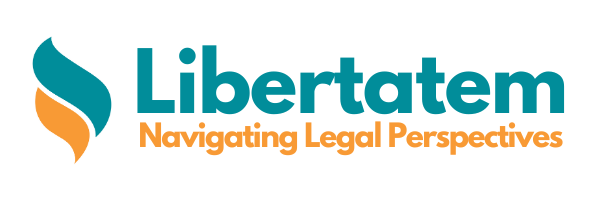Excerpt
A Petition was filed under Article 226 of the Constitution for issuing a Writ of certiorarified mandamus to call for the records on file of the First Respondent, Bank of India. It was for the in proceeding dated 11.08.2020 leading to the sale notice dated 21.11.2020 and quash the same as arbitrary, erroneous, and unsustainable and consequently grant the Petitioner’s restructuring package to its Loan Account vide proceedings dated 11.02.2020 of the third Respondent.
Facts of the Case
The Petitioner had filed the petition for the issue that despite the Writ Petition qualifying to obtain the benefit of a restructuring plan in terms of circular dated 11.02.2020 issued by the RBI to all the banks regulated by it. However, the respondent bank in this case had not permitted the Petitioner to avail any of such benefit.
Arguments before the Court
According to the Petitioner, the circular had permitted a Borrower to seek a restructuring of debt even if it was in default, but the account was considered as a standard asset on 01.01.2020. As submitted by the Petitioner, paragraph 13 of the counter-affidavit was filed by the first and the second respondent, Bank of India and Bank of India (Zonal Office) to point that the assertion therein was that the petitioner had failed to make repayments from November 2019 and in February 2020 the account had become a Non-performing asset.
As contended that since the circular of the RBI issued in 11.02.2020 required 01.01.2020 to be reckoned as the cut-off date and the petitioner’s account had turned NPA only towards the end of February 2020, the Petitioner must be seen to have qualified to have the loan restructured.
Court’s Observation
The Court had observed that the relevant paragraph in the circular imposed two conditions that a borrower was required to fulfil:
- that the borrower’s account should have been a standard asset as of 01.01.2020, and;
- The account had continued to be classified as a standard asset till the implementation of the restructuring.
It could not be the Petitioner’s case that the second limb of the condition was also satisfied by the Petitioner. However, no final opinion was needed to be expressed on such an aspect, given the order proposed to be made.
Section 17 of the SARFAESI Act, 2002 permitted any person including a borrower to carry a grievance to the appropriate Debts Recovery Tribunal upon any measure that was being adopted by a secured creditor under Section 13(4) of the Act.
The Court had thus observed that in this case the Petitioner’s stand that the secured creditor had proceeded against the secured asset and sought to sell the same. In this case, the Petitioner’s right had accrued to approach the appropriate Tribunal.
Since the statute provided a remedy, not only to a borrower but to any other person who may be aggrieved by any measure adopted by the bank under Section 13(4) of the Act of 2002, the Petitioner ought to have approached the appropriate Debts Recovery Tribunal. Since there was an efficacious alternative remedy available to the petitioner, it would not be appropriate to continue with the writ petition and get into disputed questions of fact that might not be conveniently answered on affidavit evidence.
Court’s Decision
The Court had held that the observations made were for the present proceedings and should not have been treated as binding or conclusive either in favour of the petitioner or in favour of the respondents.
In the event, the measures adopted by the secured creditor were challenged before the appropriate Debts Recovery Tribunal, the observations herein that might prejudice either party ought to be disregarded. The petition was thus disposed of.
Click here to view full judgment.
Libertatem.in is now on Telegram. Follow us for regular legal updates and judgments from the Court. Follow us on Google News, Instagram, LinkedIn, Facebook & Twitter. You can also subscribe to our Weekly Email Updates. You can also contribute stories like this and help us spread awareness for a better society. Submit Your Post Now.

